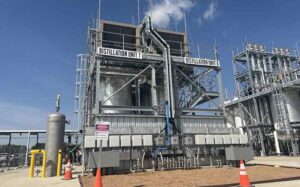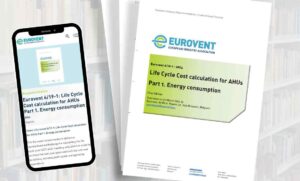Montreal Protocol ditches 2.2m tonnes of ODS
27th December 2014 KENYA: Although over 2.2m tonnes of ODSs have been phased out by the Montreal Protocol, 640,000 tonnes of HCFCs are still to be eliminated.
KENYA: Although over 2.2m tonnes of ODSs have been phased out by the Montreal Protocol, 640,000 tonnes of HCFCs are still to be eliminated.
This and other interesting statistics are revealed in UNEP’s Scientific Assessment of Ozone Depletion: 2014, the full report of the summary version published in advance of the Montreal Protocol meeting in Paris in November.
The new assessment, the first comprehensive update in four years, has confirmed that, while the ozone layer is expected to recover to 1980 levels before the middle of the century, recovery would come sooner if we were to fast-track the elimination of ODS and manage the current bank. Additionally, earlier phase out of relatively small remaining uses of ODSs, which are currently exempted for reasons of essentiality and criticality to society, would hasten ozone recovery, the report says. Altogether, preventing those emissions could speed up the recovery of the ozone layer by about 11 years.
Global emissions of HCFCs remain substantial, but relative emissions of individual constituents have changed notably since the last assessment. Emissions of HCFC22 peaked in 2010 and have stabilised since 2008 at around 370,000 tonnes/yr.
However, emissions of HFC23, a by-product of HCFC22 production, have continued despite mitigation efforts. Worldwide emissions of HFC23, a potent greenhouse gas with a massive GWP of around 14,000, reached a maximum of around 15,000 tonnes/year in 2006, decreased to 9,000 tonnes/yr in 2009, and then increased again to reach around 13,000/yr in 2012.
The full report can be downloaded here.
Related news:
Ozone layer on track to recovery – September 11, 2014
The ozone layer is well on track to recovery in the next few decades thanks to the Montreal Protocol and the phase-out of ozone-depleting gases. Read more…







